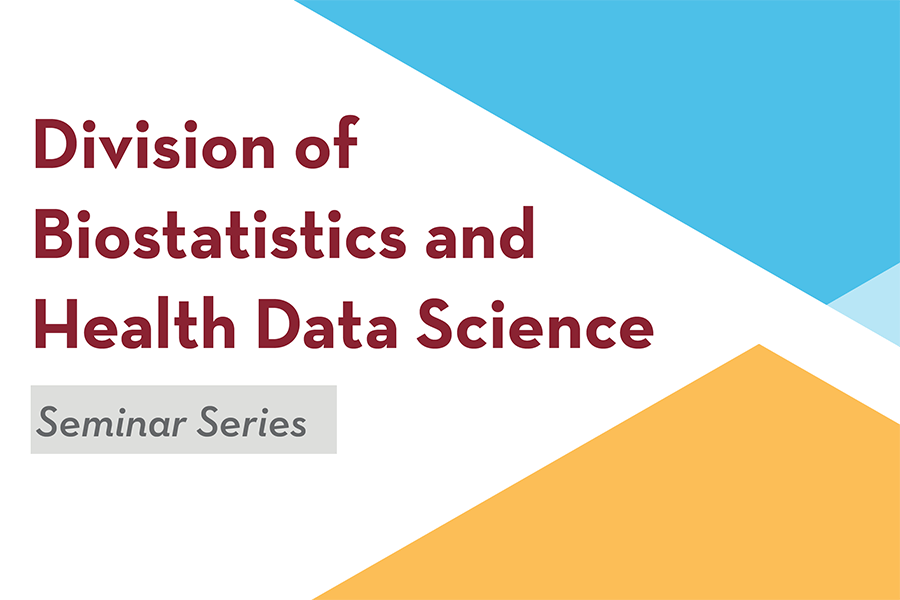Comparing 2nd-line Anti-diabetic Agents on Heart Failure Outcomes: a Real-World Evidence Study using M Heath Fairview Electronic Health Records
Presented by Elzbieta Jodlowska-Siewert
Masters Candidate in Biostatistics
Plan B Adviser: Jue Hou
Type 2 diabetes mellitus (T2D) is becoming increasingly prevalent both in the U.S. and worldwide. Patients with T2D have a higher risk of cardiovascular disease, including heart failure (HF). Heart failure is a big healthcare burden, because patients require frequent hospitalizations due to exacerbations. While multiple T2D drugs are currently available, there are conflicting results on their effect on HF hospitalization rates. We conducted a retrospective data analysis on EHR data of 5,000 patients with a high probability of T2D. Treatment arms included patients treated first with metformin and then one of the following anti-diabetic agents grouped by mechanisms: Glucagon-like peptide-1 analogues (GLP-1), Dipeptidyl Peptidase-4 inhibitors (DPP-4), sulfonylureas (SU) or insulin. We conducted 2 pairwise comparisons of time to the first HF-related medical encounter and the occurrence of a HF-related medical encounter within 5 years from baseline for hyperinsulinemia-inducing agents (SU vs. insulin) and agents affecting the incretin system (GLP-1 vs. DPP-4). For the occurrence of a HF-related medical encounter within 5 years from index date, there were no significant differences between the SU and insulin groups (risk difference of 0.059, 95% CI: -0.098 to 0.215), and between the GLP-1 and DPP-4 groups (risk difference of 0.136, 95% CI: -0.055 to 0.328). When comparing time to the first HF-related encounter, there was no significant difference for GLP-1 vs. DPP-4 group (5-year HF-free survival ratio of 0.975, 95% CI: 0.848 to 1.122). However, patients in the SU group had significantly higher HF-free survival rates than those in the insulin group (5-year HF-free survival ratio of 1.197, 95% CI: 1.116 to 1.290). In our cohort, patients on SU as second-line T2D therapy had a significantly longer time to first HF-related encounter than those treated with insulin. However, there was no difference in the risk difference of having a HF-related medical encounter within 5 years from index date. Overall, the results are encouraging to continue the study with a larger population and multiple comparisons between treatment groups.


